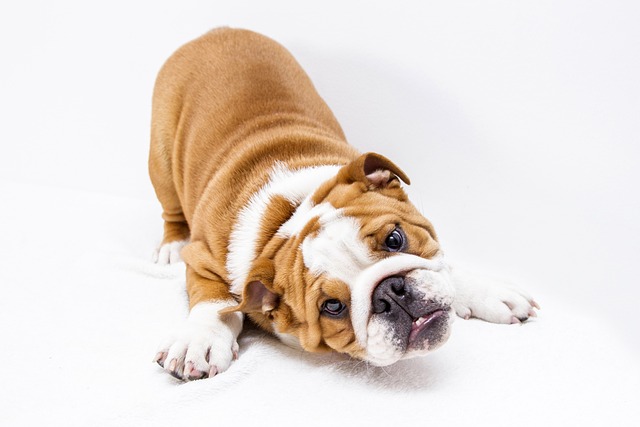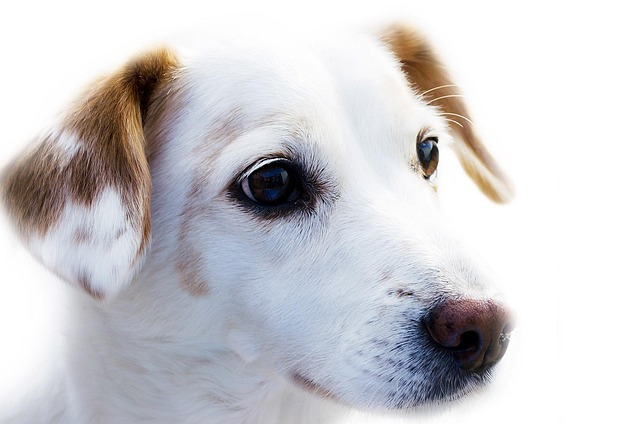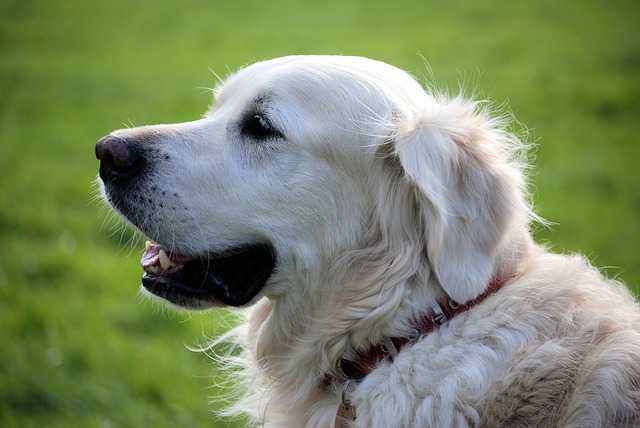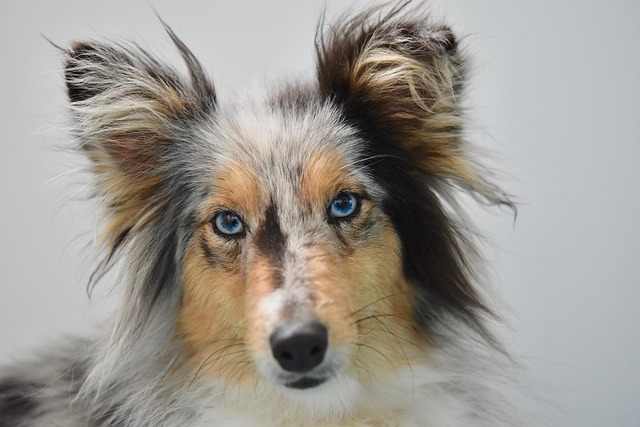When we find that the dog, which is usually lively and active, suddenly has patches of red spots and papules on its body, and even starts to scratch and bite the affected area frequently, the feeling of distress instantly overwhelms us. Dogs can't tell us about their pain with words, and they can only convey their physical discomfort to us through restless behaviors. As owners, we desperately want to relieve their symptoms immediately, but we are also worried about improper handling. In fact, based on understanding the causes of the rash, by mastering some scientific home treatment methods, we can protect the health of the dog's skin at home and help them get rid of the trouble of the rash with love and professional knowledge.
The causes of a dog's rash are complex and diverse. Only by accurately determining the cause can we prescribe the right treatment. Allergy is one of the common causes. Pollen, dust mites, and certain foods can all be allergens, triggering allergic reactions on the dog's skin and causing rashes. For example, in the season when flowers are in bloom, after the dog comes into contact with a large amount of pollen, red spots and itchy rashes may appear on areas such as its face and abdomen. Parasite infections cannot be ignored either. Parasites such as fleas and mites biting the dog's skin can not only cause local redness and swelling but also trigger allergic dermatitis, leading to large-area rashes. In addition, bacterial or fungal infections can also attack the dog's skin. Especially when the skin is damp and the hygiene condition is poor, bacteria and fungi are more likely to breed, causing rashes. When we see the dog feeling restless due to the rash, we are both distressed and anxious, eagerly wanting to find the root cause of the rash to point the way for the treatment.
Keeping the affected area clean is the basic step in treating a dog's rash. We can use mild normal saline to gently wipe the rash area to remove surface dirt, secretions, and possible attached allergens or parasites. When wiping, the action must be gentle to avoid breaking the rash and causing an infection. Every wipe is like cleaning the wound for the dog, and we are very careful, afraid of hurting them. If the hair in the affected area of the dog's rash is long, we can also carefully trim the hair around the affected area. This can not only keep it clean but also make the subsequent medicine work better. When trimming the hair, we need to pay special attention to safety to prevent the scissors from scratching the dog's skin. Watching the affected area become clean under our careful cleaning, we have a glimmer of hope in our hearts, expecting the situation to improve.
For rashes caused by different reasons, different treatment methods are needed. If the rash is caused by an allergy, first of all, we need to keep the dog away from the allergen. If we are not sure about the specific allergen, we can recall the dog's recent activities and diet and try to rule out the suspected factors. At the same time, we can use some soothing natural products, such as aloe vera gel. Aloe vera gel has good anti-inflammatory and moisturizing effects and can relieve skin itching and redness. Gently apply an appropriate amount of aloe vera gel to the rash area. Watching the dog scratch less frequently after applying it, we are filled with relief. But we need to choose aloe vera gel with pure ingredients and no additives to avoid substances harmful to the dog. If the allergic symptoms are severe, we can also give the dog antihistamine drugs under the guidance of a veterinarian to relieve the allergic reaction.
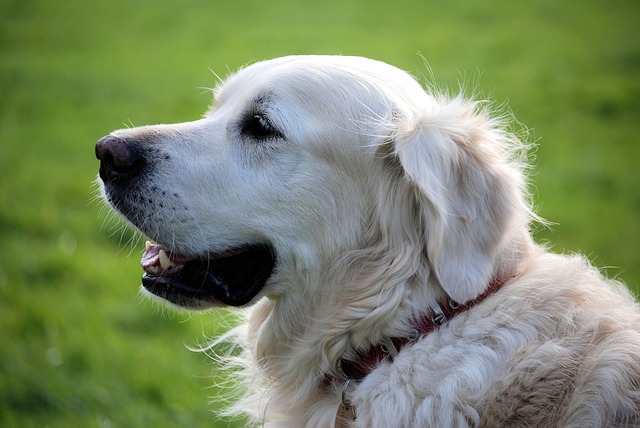
For rashes caused by parasite infections, deworming is the key. We can use pet-specific external deworming drugs and deworm the dog according to the dosage and usage instructions. Some deworming drugs are drops, which are applied to areas such as the back of the dog's neck where it can't lick. Some are sprays, which are evenly sprayed on the dog's whole body hair. After using the deworming drugs, we need to observe the dog's reaction to ensure that there are no adverse reactions. At the same time, we need to thoroughly clean and disinfect the dog's living environment, wash items such as the dog's bed and toys, and eliminate parasites and eggs in the environment. Watching the dog gradually regain its vitality after deworming and no longer suffer from parasite bites, our worried hearts gradually relax.
If the rash is caused by a bacterial or fungal infection, applying antibacterial or antifungal ointment to the local area is a commonly used method. Before applying the ointment, it is best to clean the affected area with normal saline, and then evenly apply the ointment after the skin is dry. When applying, make sure to cover the entire rash area and apply it according to the specified number of times a day. During this process, the dog may resist due to discomfort. We need to soothe it patiently, using a gentle tone and gentle actions to let it feel our care. At the same time, we need to put an Elizabethan collar on the dog to prevent it from licking the ointment, which may affect the efficacy or cause adverse reactions. Watching the rash gradually subside under the treatment of the ointment, we are filled with joy, knowing that we are one step closer to a cure.
During the process of treating a dog's rash, dietary regulation cannot be ignored. Providing the dog with nutritionally balanced and easily digestible food can enhance its body's resistance and help speed up the recovery of the rash. We can appropriately increase foods rich in antioxidant substances such as vitamin C and vitamin E, such as apples and carrots. These vitamins can promote the repair of the skin. At the same time, we need to avoid feeding the dog foods that may cause allergies or irritation. When we see the dog eating the nutritious food with relish, we are full of expectations that these nutrients will help it recover as soon as possible.
Treating a dog's rash at home requires us to accurately determine the cause with professional knowledge and carefully care for it with patience and love. From cleaning the affected area to treating different causes and then to dietary regulation, every link embodies our deep love for the dog. One day, when the rash on the dog's body completely disappears and it regains its healthy and lively appearance and runs happily in the sun, all the efforts will turn into full happiness and satisfaction. We will also understand better that on the road of protecting the dog's health, we are not only its owners but also its strongest support.
